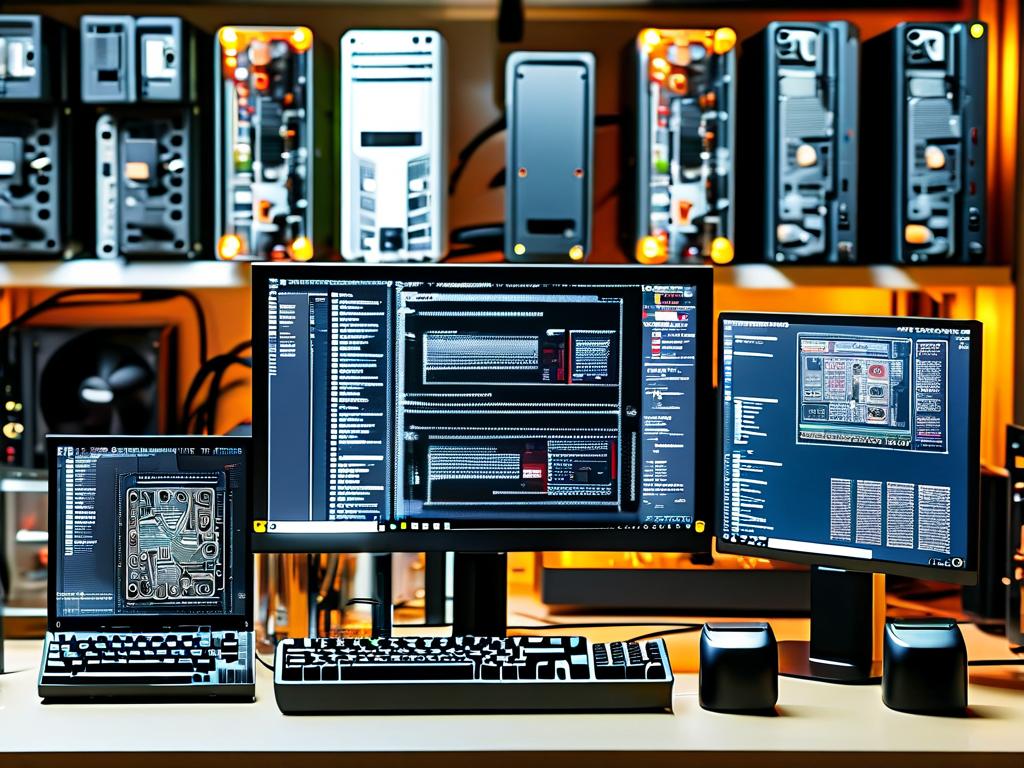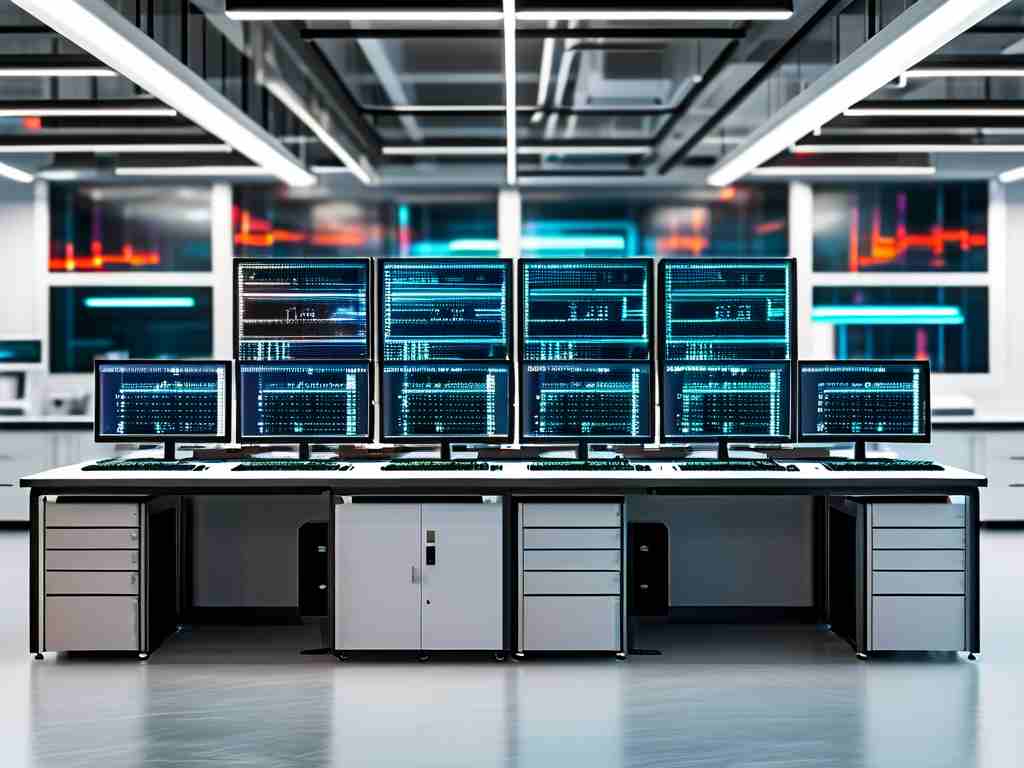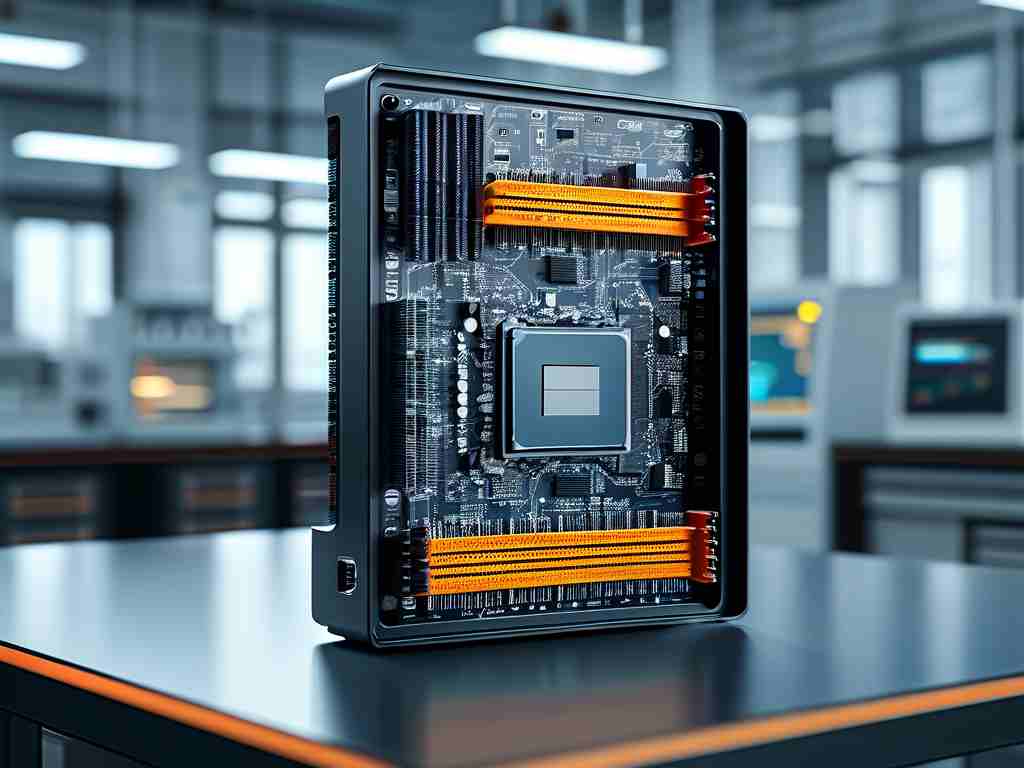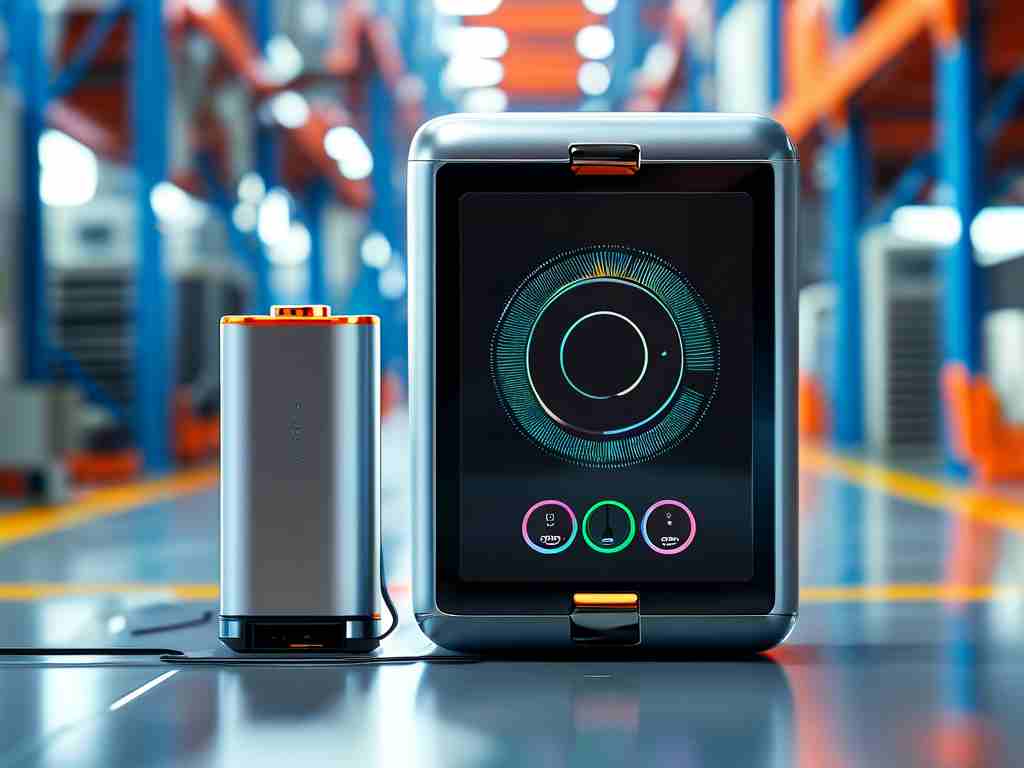The world of technology is constantly evolving, with various fields like development and embedded systems playing crucial roles. At first glance, they might seem similar since both involve creating functional solutions, but upon closer inspection, the differences are significant and impactful. This article delves into the core distinctions between general software development and embedded systems development, exploring why these variations matter in real-world applications. Whether you're a student, a professional, or simply curious about tech, understanding this divide can help navigate career choices and project implementations more effectively.

General software development typically refers to building applications that run on standard computing platforms, such as desktop computers, servers, or mobile devices. These applications often focus on user interfaces, data processing, and internet connectivity, using high-level programming languages like Python, Java, or JavaScript. Developers in this field enjoy the luxury of abundant resources, including powerful processors, ample memory, and flexible operating systems like Windows or Linux. For instance, creating a web-based app might involve coding interactive features with frameworks like React, where the primary concern is scalability and user experience rather than hardware constraints. This approach allows for rapid iteration and cloud-based deployment, making it ideal for businesses aiming for broad accessibility and frequent updates. However, it can lead to inefficiencies if not optimized, as seen in bloated software that consumes excessive system resources.
In contrast, embedded systems development centers on designing specialized hardware-software integrations for dedicated functions within devices like smart appliances, medical instruments, or automotive controllers. These systems operate under severe resource limitations, such as minimal memory, low power consumption, and real-time processing demands, often requiring direct interaction with physical components. Programmers frequently use languages like C or C++ for their efficiency and control, alongside tools such as cross-compilers and debuggers tailored to microcontrollers like Arduino or Raspberry Pi. A key differentiator is the emphasis on reliability and determinism; for example, an embedded system in a car's anti-lock braking system must respond instantaneously to sensor inputs without fail, whereas a general app might tolerate minor delays. This environment demands rigorous testing for safety and durability, as faults could result in critical failures, unlike in standard development where errors may only cause temporary glitches.
The divergence extends to the development lifecycle and toolsets. In software development, teams leverage integrated development environments (IDEs) like Visual Studio or Eclipse, which support collaborative workflows and extensive libraries. Debugging is often straightforward with built-in emulators, allowing developers to simulate issues in virtual settings. Conversely, embedded development involves hands-on hardware prototyping, where engineers must account for physical factors like temperature fluctuations or electromagnetic interference. Tools like JTAG debuggers are essential for low-level inspection, but the process can be time-consuming and costly due to the need for custom boards and real-world testing setups. Moreover, embedded projects typically follow stricter regulatory standards, such as ISO certifications for medical devices, adding layers of compliance that aren't as prevalent in general software. This contrast highlights how embedded roles require a multidisciplinary skill set, blending electronics knowledge with coding expertise, while software developers might focus more on algorithmic logic and user-centric design.
Another aspect is scalability and evolution. Software development excels in adaptability, with applications easily updated via patches or new releases to incorporate features or fix bugs. This fluidity supports agile methodologies and cloud integrations, enabling innovations like AI-driven analytics. Embedded systems, however, are often "set and forget" designs, with firmware updates being infrequent and complex due to deployment challenges in field devices. Consider a smart thermostat: its embedded code must run flawlessly for years with minimal maintenance, whereas a companion app on a phone can evolve continuously. This difference underscores why embedded developers prioritize long-term stability over rapid innovation, leading to slower adoption of new technologies compared to the fast-paced software world. Yet, both fields are converging in areas like IoT, where embedded devices connect to cloud-based software, requiring hybrid approaches that bridge the gap.
In , while development and embedded systems share foundational programming principles, their differences are profound and stem from distinct goals and constraints. Software development thrives on flexibility and resource abundance, catering to dynamic user needs, whereas embedded development demands precision, efficiency, and hardware intimacy for mission-critical applications. Recognizing these disparities is vital for aspiring technologists; it informs education paths, such as focusing on embedded courses for robotics or software bootcamps for app creation. As technology advances, the lines may blur, but the core distinctions ensure each field maintains its unique value. Embracing this knowledge fosters better collaboration and innovation across the tech landscape, ultimately driving progress in our increasingly connected world.









